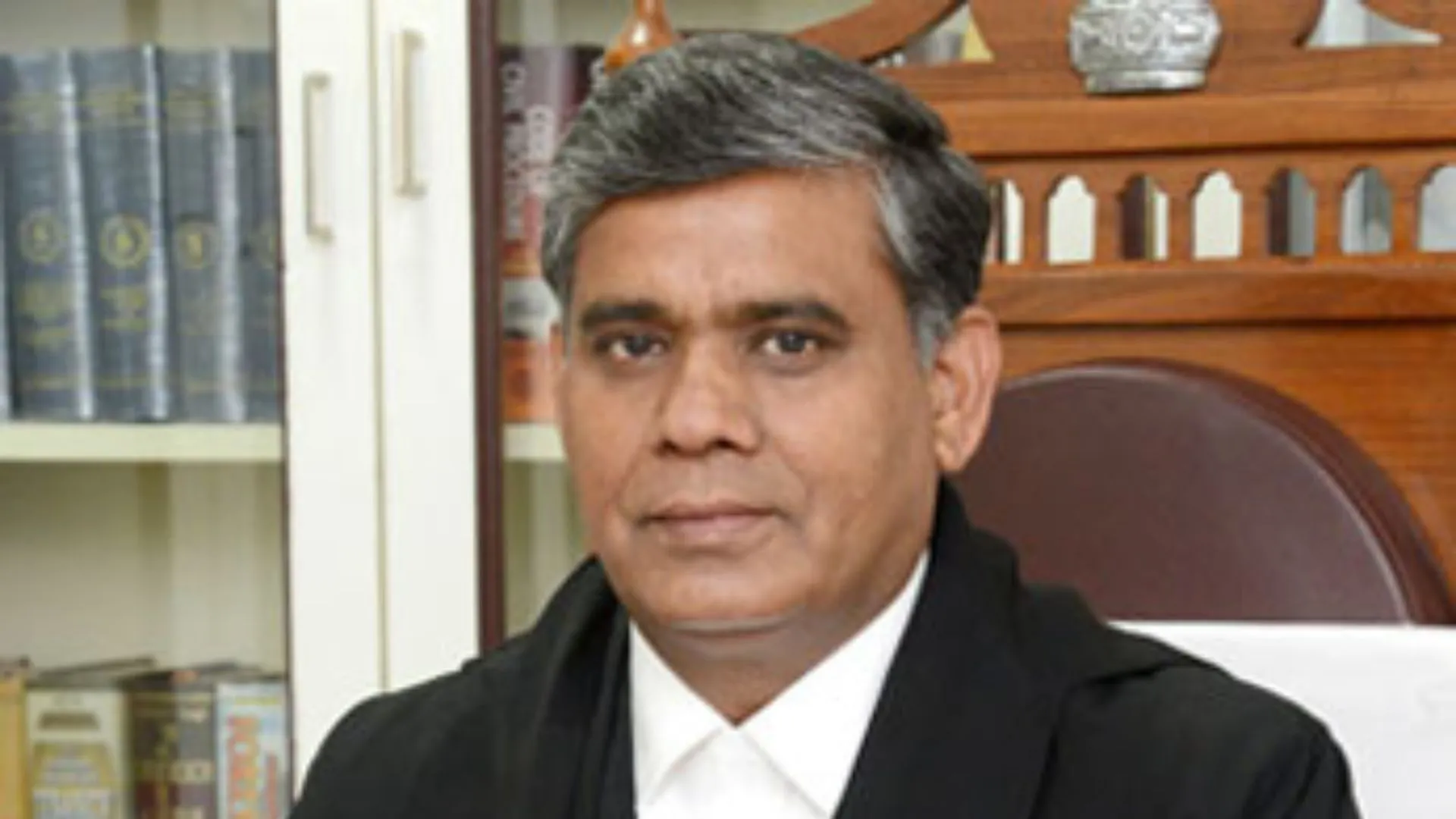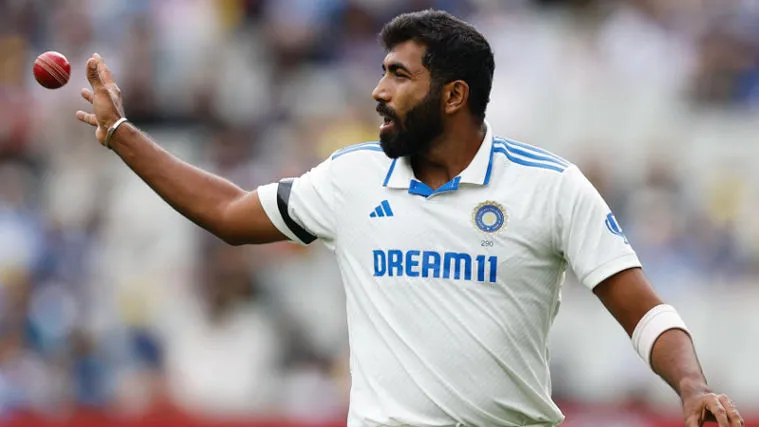Aryan Bangar, the 23-year-old son of former Indian cricketer and coach Sanjay Bangar, has recently made headlines after coming out as a transgender woman. Following a gender transition through hormone replacement therapy (HRT), the young cricketer now goes by the name “Anaya Bangar.”
Understanding Hormone Replacement Therapy (HRT)
Hormone replacement therapy (HRT) is a medical procedure designed to supplement or replace hormones that the body no longer produces adequately. It is employed to manage various health conditions such as thyroid disorders, growth hormone deficiencies, menopause symptoms, and is a key component of gender-affirming care for transgender individuals.
In the context of gender transition, gender-affirming hormone therapy (GAHT) plays a significant role in helping transgender and gender nonconforming individuals align their physical traits with their gender identity. It is a medically safe and effective treatment aimed at helping patients achieve their desired physical changes.
The Treatment Process
There are two primary forms of hormone therapy based on the patient’s goals: feminising hormone therapy (FHT) and masculinising hormone therapy (MHT).
Feminising Hormone Therapy (FHT)
In the case of Anaya, feminising hormone therapy (FHT) was used to foster the development of female secondary sex characteristics. This involves administering estrogen and antiandrogens, either as standalone treatments or alongside other gender-affirming procedures.
- Estrogen helps promote softer skin, reduces oiliness, facilitates fat distribution to the hips, buttocks, and face, and stimulates breast tissue growth.
- Antiandrogens work to suppress testosterone production, leading to reduced muscle mass, lowered sex drive, decreased body and facial hair growth, and a reduction in spontaneous erections.
Hormones can be administered through various methods including pills, injections, or skin patches, depending on individual needs and preferences.
Duration and Effects
The length of hormone therapy varies based on personal health goals and individual responses. While some changes may be noticeable within a few weeks, it can take up to six months to observe significant effects. For most patients, achieving the desired physical results takes around 18 to 24 months, though ongoing monitoring may extend this period if needed.
Healthcare providers evaluate both the benefits and potential risks to determine the optimal treatment duration, aiming for a personalized and effective gender transition.
Benefits and Risks
Hormone replacement therapy offers numerous benefits, including improved mental health, better physical well-being, and enhanced self-esteem for transgender women and gender nonconforming individuals. Achieving a physical appearance that aligns with one’s gender identity can significantly boost self-image and reduce gender dysphoria.
However, there are risks associated with HRT that need to be considered, such as:
- Increased risk of blood clots (venous thromboembolism)
- Infertility
- Cardiovascular and cerebrovascular complications
- Elevated potassium and triglyceride levels
- Gallstones and high blood pressure
- Osteoporosis and diabetes
- Erectile dysfunction and excessive urination
From Aryan to Anaya
View this post on Instagram
Anaya Bangar, a left-handed batter, follows in her father Sanjay Bangar’s footsteps, playing cricket for Islam Gymkhana, a well-known local club. She has also had an impressive stint with Leicestershire’s Hinckley Cricket Club, scoring notable runs during her time there.
By openly sharing her transition story on social media, Anaya initiated important conversations around acceptance, gender identity, and the challenges faced by transgender athletes. However, the 23-year-old later took down the post detailing her 10-month journey, which featured photos alongside cricket stars Virat Kohli and MS Dhoni.
In the now-deleted video, Anaya included a heartfelt caption: “Pursuing my dream of playing professional cricket has been a path marked by sacrifices, resilience, and relentless dedication. From early mornings on the field to overcoming doubts and judgments, every step has required immense strength.”
A Personal Journey: Anaya’s Story
View this post on Instagram
Anaya, an avid cricketer, has experienced significant physical changes since starting hormone replacement therapy. Despite the joy of aligning her body with her gender identity, she faces the challenge of losing muscle mass, strength, and athletic abilities she once depended on for her sport.
In a candid social media post, Anaya expressed her frustration over the lack of proper regulations for trans women in professional cricket. Despite having testosterone levels comparable to those of a cisgender woman (0.5 nmol), she struggles to find a platform to compete as her authentic self.
Reflecting on her journey, Anaya shared the bittersweet reality of her transition: “Losing strength but gaining happiness.” Though the loss of her athletic edge has been challenging, the process of aligning her body with her gender identity has brought her a deeper sense of fulfillment and eased her dysphoria.
Anaya’s experience highlights the transformative effects of HRT—physically, emotionally, and socially—while acknowledging the complexities that come with navigating life and sports as a transgender woman.












